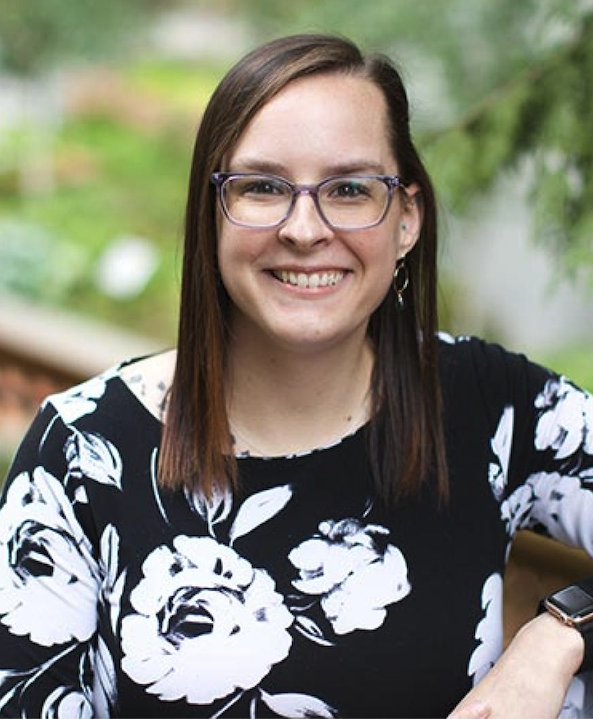
Clinical Trials: Finding the Right One for Your Patient and Overcoming Enrollment Barriers
Last Updated: Monday, October 21, 2024
Erin Kopp, DNP, ACNP-BC, BMTCN, and Adrianne Maurer, MSN, RN, AG-ACNP, BMTCN, had a robust conversation on clinical trials and their relevance in the treatment of patients with chronic graft-vs.-host disease. Both Erin and Adrianne work at research institutions, but still experience barriers when looking for appropriate trials for their patients. They share how they overcome those barriers and the importance of building resources to help find the most current clinical trial offerings.
Meet the faculty

Erin Kopp
DNP, ACNP-BC, BMTCN
City of Hope
Erin Kopp has been in nursing for over 25 years. After graduating from UCLA over 15 years ago, she has practiced as a nurse practitioner. Her patient focus has been hematology and bone marrow transplant for the last 12 years. In 2020, Erin graduated with her DNP. She currently serves as the director of advanced practice at City of Hope. Her clinical passion lies in the management of lymphoma and GVHD.

Adrianne Maurer
MSN, RN, AG-ACNP, BMTCN
Fred Hutchinson Cancer Center
Adrianne Maurer is an advanced registered nurse practitioner, with her clinical specialties including post-transplant management of GVHD. In her current position, Adrianne provides patient care in addition to mentoring students, new providers, and physician fellows as they begin their careers. Her research interests include quality-of-life issues in the transplant-ineligible patient, managing GVHD in the post-transplant setting, and the management of pregnancy in active leukemias/MDS.
References
- NCCN. Clinical Practice Guidelines in Oncology. Hematopoietic cell transplant, version 2.2024. Accessed October 4, 2024. https://www.nccn.org/professionals/physician_gls/pdf/hct.pdf
- Belumosudil and Rituximab for Primary Treatment of Chronic Graft-Versus-Host-Disease. Clinical Trials. (2024, March 13). https://clinicaltrials.gov/study/NCT06046248
- Belumosudil for the Pre-emptive Treatment of Patients With Chronic Graft Versus Host Disease. Clinical Trials. (2024, August 16). https://www.clinicaltrials.gov/study/NCT05996627
